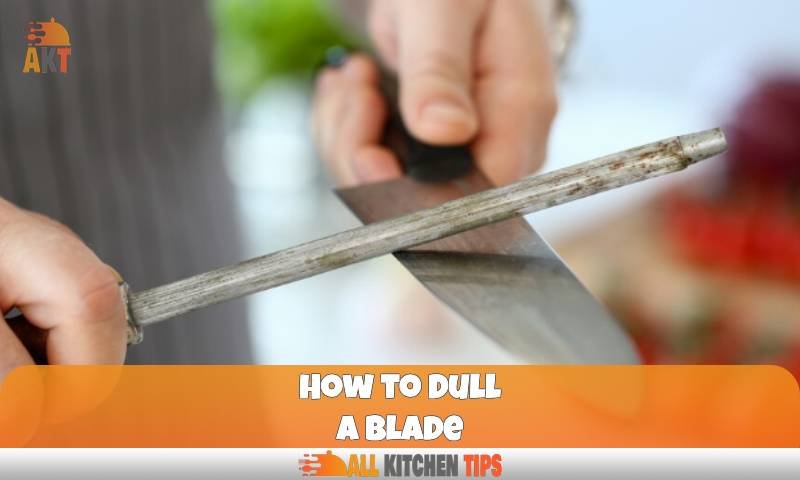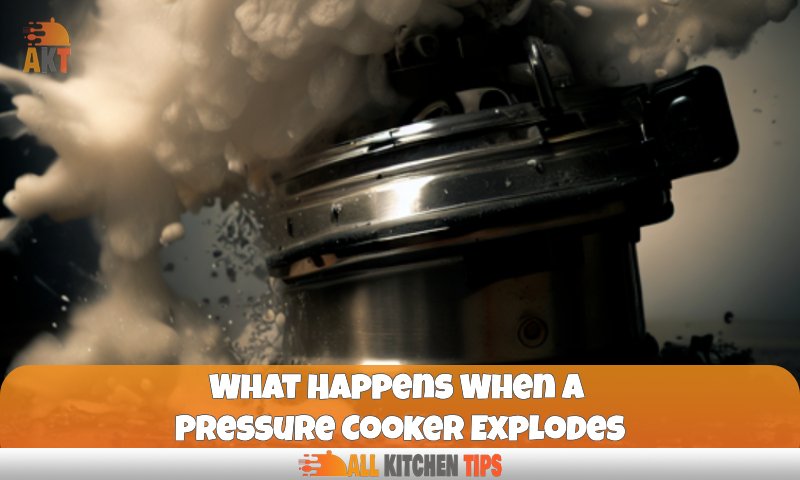Ever wonder how bread machines work? You’re not alone. Although bread machines have become a staple in many households, the mechanics of these machines are often overlooked, and that’s a real shame.
From mixing the dough to baking the final loaves, bread machines provide a process that has been perfected over time. So whether it’s your go-to for making dinner bread or you use one for special occasions, now is the perfect time to find out how this amazing device works its magic.
In this article, I’ll take you through the working life of a bread machine. We’ll explore each step of the process and debunk some common myths about bread machines along the way. Are you ready to learn how it all comes together? Let’s get started.
What Components Make a Bread Machine?
Anyone who has ever made bread at home knows the commitment—mixing, kneading, rising, baking…it takes a while and often yields some, shall we say, interesting results. That’s where bread machines come in.
So what goes into one? Well, a bread machine typically consists of five components:
- The Paddle assembly – This is the part that mixes ingredients together and kneads the dough. It’s usually made of plastic or metal and attached to the bottom of the pan by a shaft.
- The Bread Pan – This is the bowl that holds all your ingredients and houses the paddle assembly. Most bread pans are non-stick stainless steel or aluminum and will vary in size depending on the loaf size you want to make.
- The Heating Element – This is what turns simple ingredients into bread. It sits at the bottom of your bread pan and gets hot when powered on so that it can bake your dough.
- The Control Panel – This is a key component since it’s you interacting with it to decide things like what type of bread you want to make and how long you want your loaf to bake for. It also helps with cleaning, so that you don’t risk damaging any internal parts while washing it out by hand afterwards.
- The Lid – This covers all components inside your machine and keeps them safe from moisture (eek), as well as offering visibility so that you can watch how your loaves are rising through its transparent window as they bake away.
How Does a Bread Machine Knead the Dough?
Have you ever wanted to make that delicious homemade bread, but the thought of kneading the dough always puts you off? Well, a bread machine takes care of that for you. But how does it exactly work? Let’s break it down.
The bread machine runs through three distinct cycles: mixing, kneading, and rising. During the mixing cycle, all of the ingredients are combined until they’re fully incorporated. In the kneading cycle, the dough is pressed and twisted repeatedly in order to develop its texture and structure. During this process, some machines will even change directions to ensure that all sides of the dough get an even work-out. Finally, during the rising cycle, yeast is added to help give the dough its light texture and flavor.
At every step of this process a timer is keeping track so that your bread will turn out just right every single time.
What Is the Role of Yeast in a Bread Machine Recipe?
You might be wondering how bread machines get that perfect loaf of bread every time. It all comes down to the yeast—yes, the same stuff you use to bake cakes. Yeast plays a major role in bread-making, whether you’re making it with a bread machine or by hand.
When you put the ingredients into your bread machine, the yeast is activated by warm water and a food source such as sugar or honey. The yeast then acts on the starches and proteins present in the flour to produce carbon dioxide bubbles, which cause the dough to rise and make it light and airy.
At this stage, you can shape your dough any way you want, from baking it in a loaf tin to making rolls. Finally, simply place your ready-to-go dough inside the machine, select your preferred setting (basic/white/whole wheat, etc.), and let your machine do its magic. It will knead, rise, and bake your dough automatically until it’s ready for you to enjoy.
How Does the Setting System of a Bread Machine Work?
Have you ever wondered how your bread machine is able to make such perfect bread? The answer lies in its setting system, which is designed to create the perfect environment for bread making.
Temperature and humidity control
The setting system is composed of thermostats, controllers, and sensors that constantly monitor temperature and humidity levels. When the dough takes form, these sensors detect temperature changes within the machine and will adjust accordingly to ensure that all the ingredients are perfectly mixed together.
Timer
Another key component of the setting system is a timer that helps with accurate measurements of rising and baking times. To get just the right texture from your dough, the timer ensures that each step—from kneading to baking—happens at exactly the right time.
Environment sensors
Finally, there are environmental sensors that measure other factors like water pressure, ventilation, and humidity. This enables you to customize settings according to your preferences or recipe needs, so you can get just the type of bread you desire.
Bottom line: When it comes to making delicious bread with consistent results every time, a bread machine’s setting system has got you covered.
What Are the Key Safety Features of a Bread Machine?
When it comes to bread machines, safety is always of utmost importance. Most modern machines are designed with several safety features to ensure you don’t end up with an unpleasant surprise when baking with them.
Cool-touch exterior
First and foremost, bread machines are designed with a cool-touch exterior. This ensures you won’t get burned or scalded while using the machine. It also allows you to safely handle the machine without the risk of accidents.
Locking lid
To prevent any liquids or ingredients from spilling out during the baking process, all bread machines come with a locking lid. This lid locks into place as soon as you close it, so you don’t even have to worry about it coming loose during the baking process.
Automatic shut-off
For added safety and convenience, modern bread machines are also designed with an automatic shut-off feature. This ensures the machine will turn off, even if you forget to do so yourself.
Non-slip base
Finally, bread machines are designed with a non-slip base. This helps keep the machine securely in place, even if you accidentally jostle it, so you don’t have to worry about it tipping over.
In conclusion, bread machines are designed with several safety features to ensure you have a pleasant and safe experience while baking delicious bread.
Tips for Getting the Most From Your Bread Machine
Now that you know about the setting system and safety features of your bread machine, let’s dive into some tips for getting the most out of it.
Read the manual
The first step in mastering your bread machine is to read the user manual. This will provide you with essential knowledge on how to use the machine, as well as a few helpful tips and tricks.
Use the right ingredients
Always be sure to use the right ingredients for the type of bread you’re making. Pay attention to the measurements, as well as the types of oil, sugar, and other ingredients that you’re using, as this will make a difference in the texture and flavor of the final product.
Experiment
Bread machines are great for experimenting with different flavors and ingredients. Try making different types of breads and doughs, such as pizza dough, pretzels, or even bagels, to see what you like best.
Clean your machine
Regularly cleaning your bread machine will help it last longer and produce better results. Wipe down the exterior and remove any bits of bread or dough that may have gotten stuck in the mechanism after use.
By reading the manual, using the right ingredients, experimenting, and keeping your machine clean, you can get the most out of your bread machine and enjoy delicious bread every time.
People Also Like: Exploring the Secrets of How Do Water Chiller Systems Work
Conclusion
Bread machines can be a great way to make delicious and healthy bread at home. They are surprisingly efficient and simple to use, and with a little practice, you can quickly master the art of bread making.
By understanding the basics of how a bread machine works, you can start experimenting with different recipes and ingredients to find the perfect loaf for your needs. Plus, you’ll be able to impress your friends and family with fresh, homemade bread—now that’s a win.





